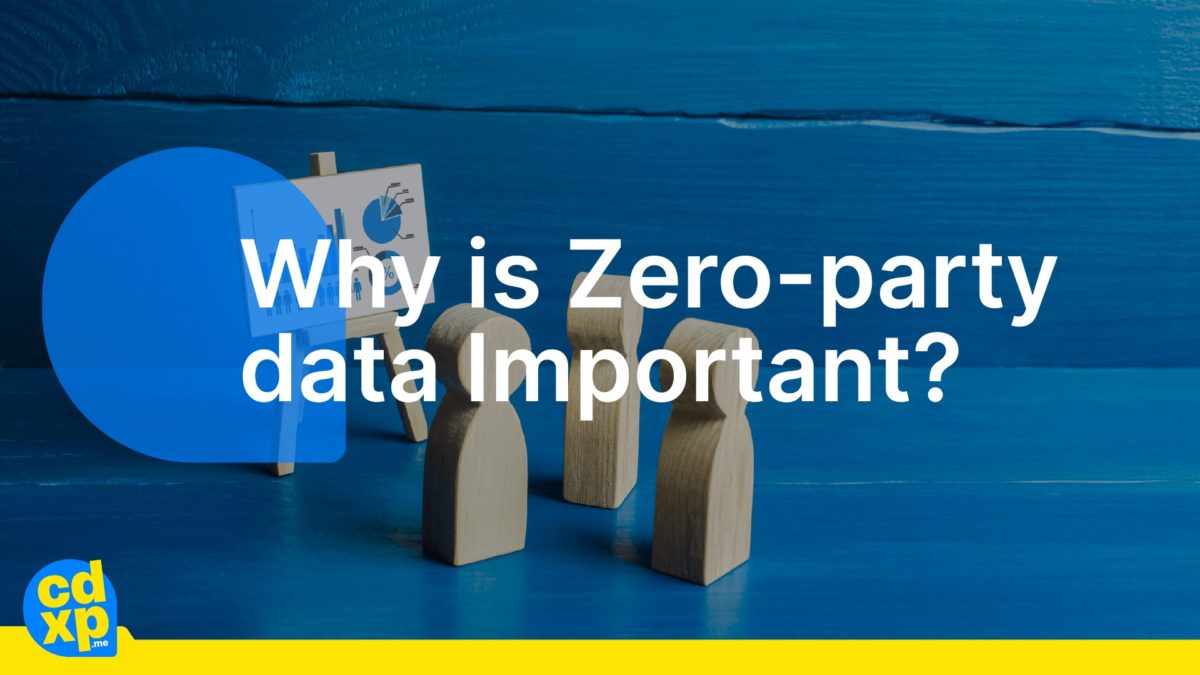Do you know what the differences are between third-party, second-party, first-party, and zero-party data?
For a Marketer, it’s really important to understand all of these types of data. It can help you personalize your messages and thus better connect with your customers.
And why is zero-party data important?
Let’s find out more about all the different parties!
First-party data
First-party data is data collected directly or indirectly from the customers. This data is collected from their transactions, or by placing a pixel on your website/mobile app/social channels. (The first party is your company.)
First-party data is highly accurate, it’s also easy to store and manage.
First-party data is gained from:
- Contact information (email, phone, or address)
- Behavioral data (website and mobile app interactions, such as hovering, scrolling, and active time spent)
- Social media data
- Transactional data (purchases and downloads)
- SMS
Disadvantages of first-party data:
Disadvantages: It can take a lot of time and effort to collect this data and in order to be valuable you need a big amount of information.
Second-party data
Second-party data is not collected by you. It’s basically first-party data that came from another organization (somebody else’s first-party data).
Second-party data can be gained from:
- Website and mobile app interactions
- Social media data
- Transactional data (purchases and downloads)
- SMS
- CRM
- Customer surveys and feedback
- Contact information (email, phone or address)
Disadvantages of second-party data:
This type of data is usually more expensive to get. And because second-party data is not collected by your company you need to put trust in your supplier.
Third-party data
Third-party data is obtained or bought from an external source (from a different company than yours). It can originate from a variety of sources, both online and offline.
This data can then be aggregated, segmented and sold to marketers for targeting their own campaigns. Third-party data is often collected without consumers’ direct consent.
Third-party data is gained from:
- Demographic information
- Transactional data
- Firmographic data (data on a company’s size, type of industry, geographic area, number of clients, technologies, revenue)
- Financials (income, net worth)
- Interests, Attitudes
- Buying signals
- Online behaviors
Disadvantages of third-party data:
You would not have exclusive rights to third-party data because this data is usually sold to multiple companies. It’s also possible that some compliance issues may arise with this type of data.
What is Zero-party data?
Zero-party data is data that your customers voluntarily and intentionally give you. It can include preference center data, purchase intentions, personal context, and how the individual wants the brand to recognize them (this term was first introduced by Forrester Research).
It’s similar to first-party data but in the case of zero-party, the customers give you explicit consent to use their data.
Zero-party data can be gained from:
- Loyalty program memberships
- Responses to a survey, quizes
- Preference data
- Purchase intentions
Why is Zero-party data important?
When having a company the most important point is to get to know your customers. Once you know them you know all about their wants and needs, thus you won’t struggle with meeting their expectations.
As internet users are becoming more and more concerned about their privacy, regulations and laws (like the General Data Protection Regulation (GDPR) and CCPA) are becoming stricter.
Moreover, Google is planning to kill off third-party cookies in Chrome, joining other browsers like Safari and Firefox. Also, Apple’s recent privacy-focused changes will make it harder to rely on third-party data.
Because of the beforementioned, 35% of companies are allocating their budgets to focus mostly on zero- and first-party data (according to cross-industry review by braze).
Summary
Companies need to implement quality customer data collection strategies for the best results in engaging customers in campaigns. Then it becomes really easy to find out who your customers are, what they need and expect, and use these insights to provide them with personalized experiences and data-driven marketing strategies.
If you still fell lost in types of data, strategies for collecting them or if you have any other questions, feel free to contact our experts anytime.
